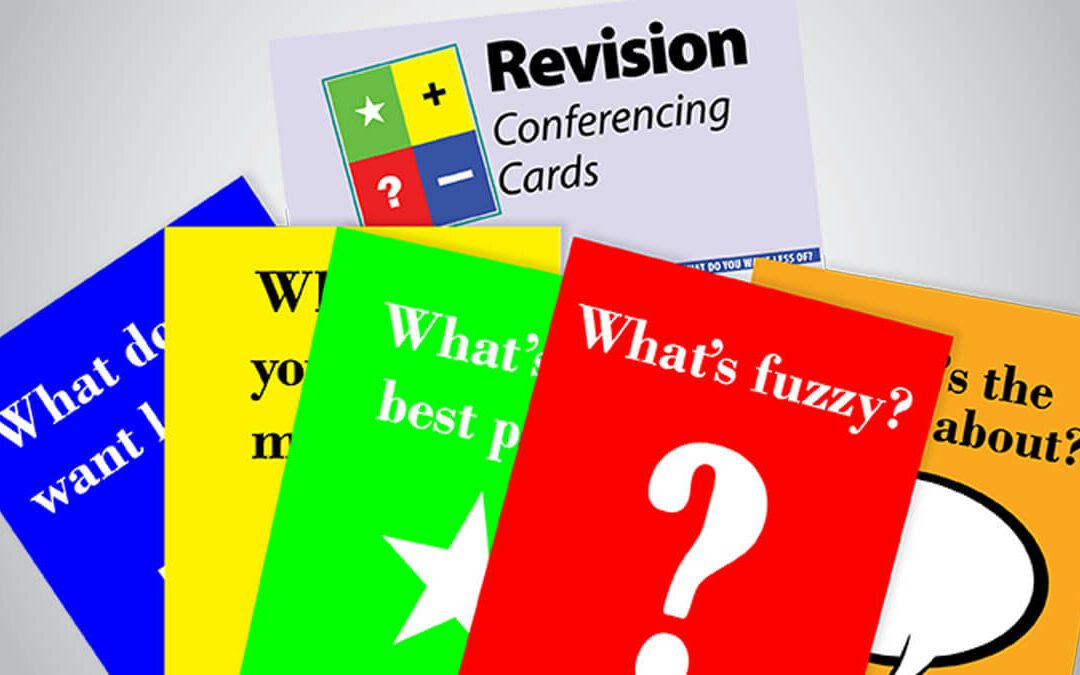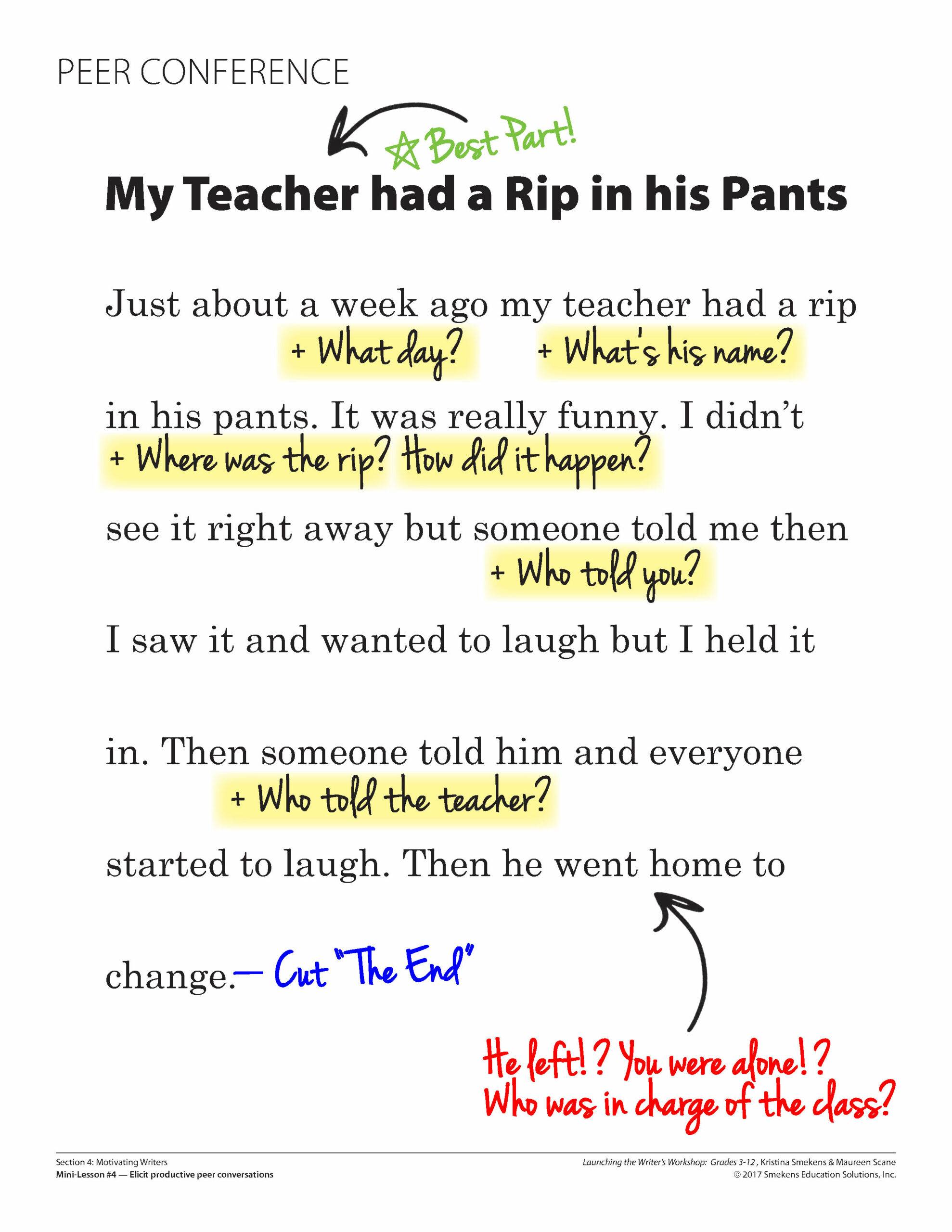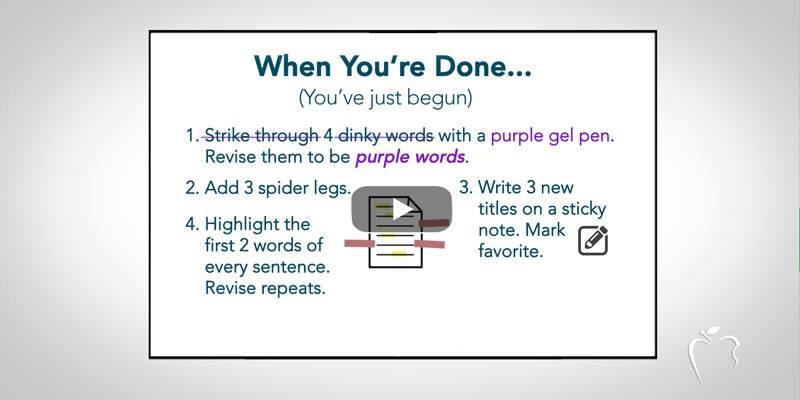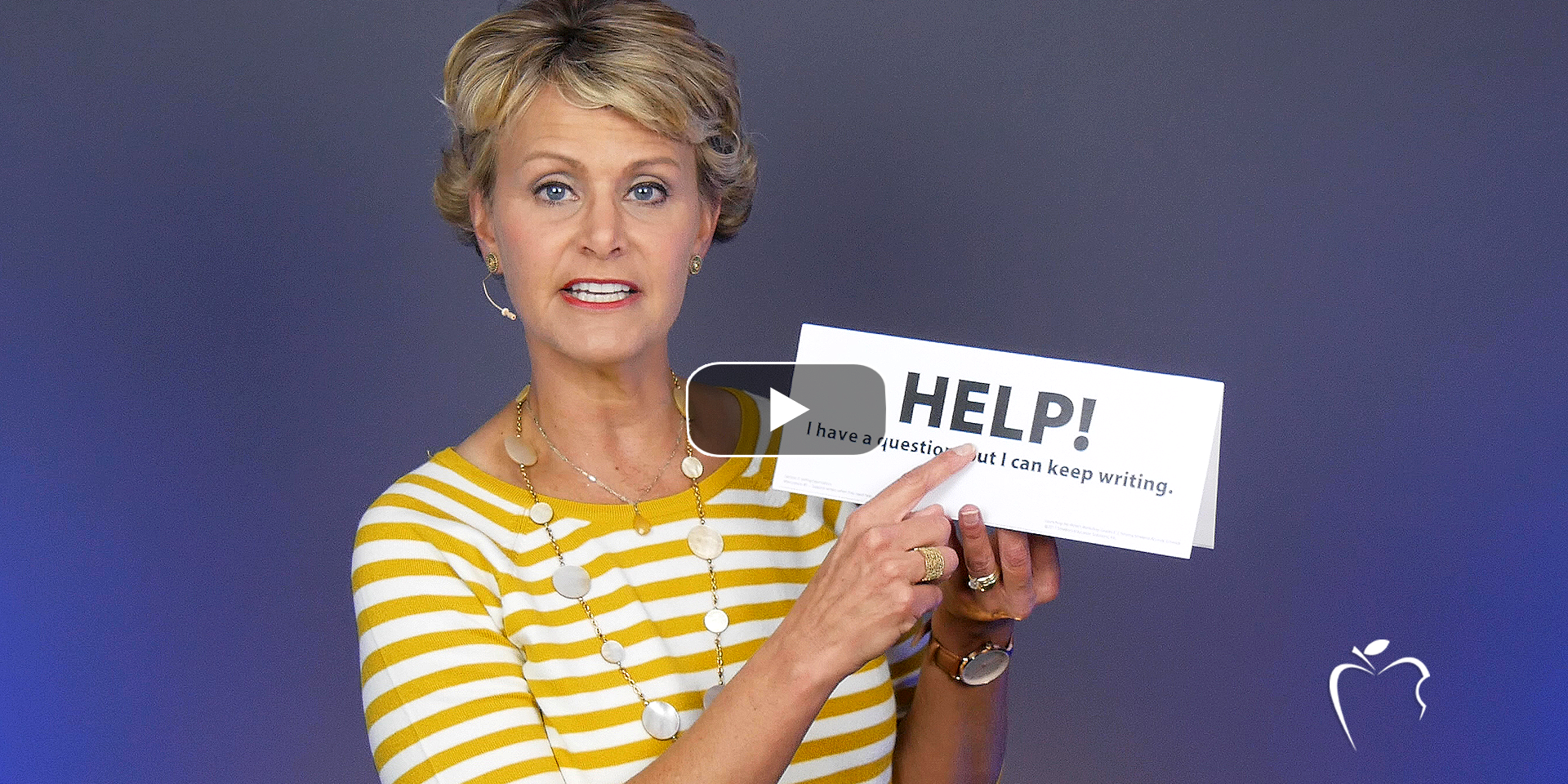Learning Center
Writing
Make peer-revision meaningful
March 5, 2019
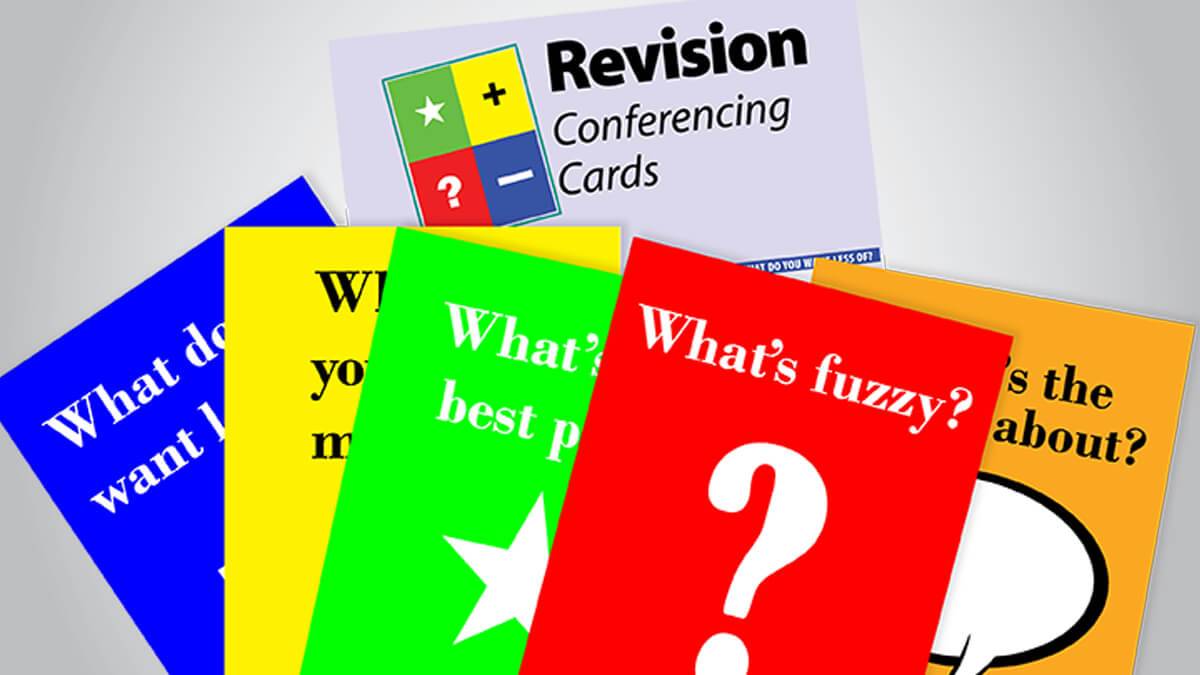
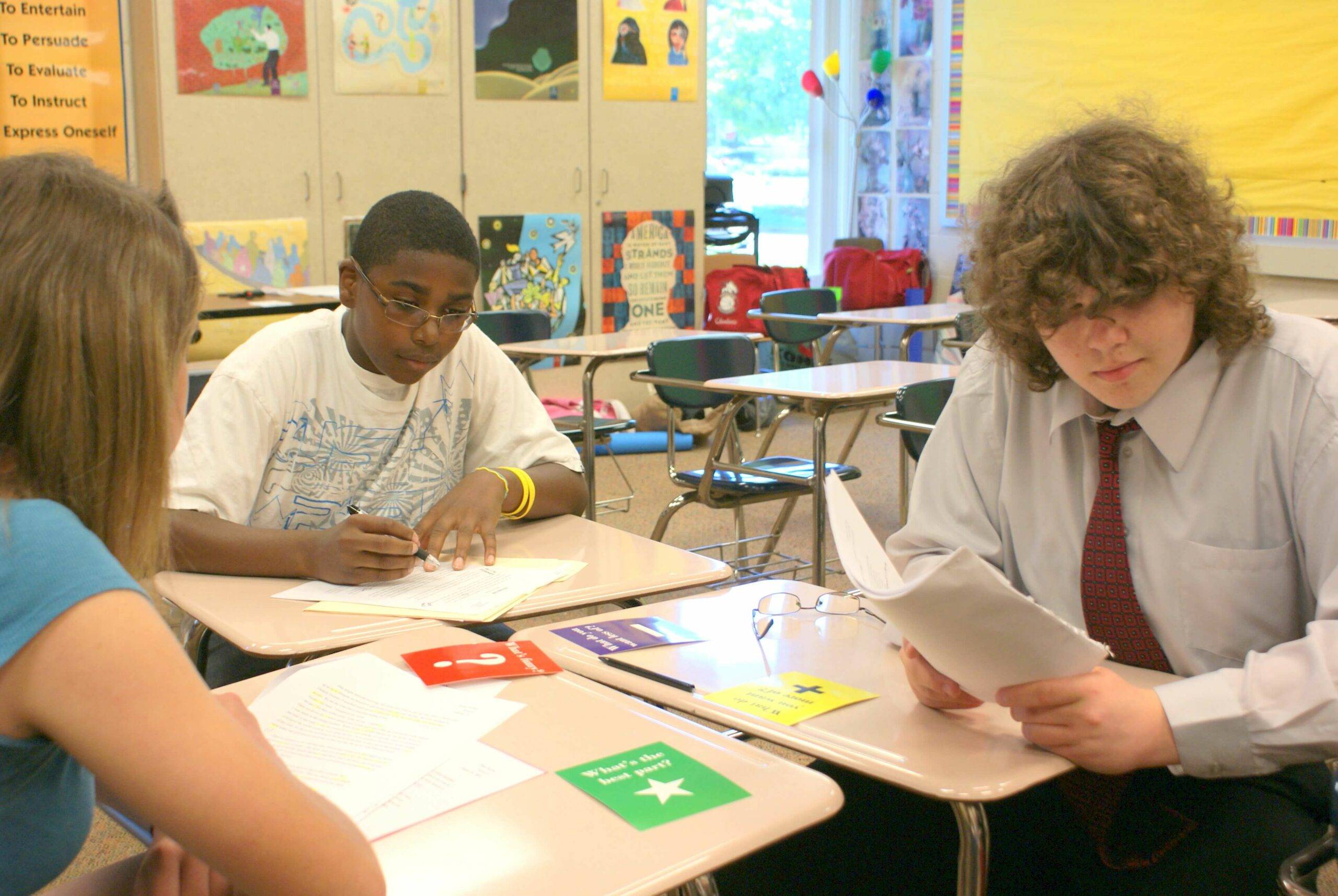 It really is possible to make peer revision a key part of the writing process. But when there has been no modeling of how to lead an effective buddy conference, peer revision will be nothing more than one student telling another I like your story. Your writing is good. I think you’re done. Students need to become strong revision partners in order to help each other become better writers. Introduce five revision questions that peers will ask each other in a buddy conference.
It really is possible to make peer revision a key part of the writing process. But when there has been no modeling of how to lead an effective buddy conference, peer revision will be nothing more than one student telling another I like your story. Your writing is good. I think you’re done. Students need to become strong revision partners in order to help each other become better writers. Introduce five revision questions that peers will ask each other in a buddy conference.1. What’s the writing about?
What did you learn about? How would you summarize this piece of writing? What is the most important or main idea?
(NOTE: If the peer cannot answer this first question, then there is no reason to move on to the remaining questions. The reader must know what the writing was about in order to offer specific feedback on various facets.)
2. What’s the best part?
What’s so good you wish you’d written it? What word, phrase, sentence, or part do you think the writer should leave alone because it’s already good?
3. What do you want more of?
What did the writer start to mention but not give enough information about? What details should the writer add to his writing? What parts left you with questions?
4. What’s fuzzy?
Are there any confusing parts? Is anything written in a weird or awkward way? Did you get lost anywhere?
5. What do you want less of?
What word, idea, or phrase should the writer use less of? What parts are off-topic and need to be cut? Is there any part that moves too slowly and needs to be written more concisely?
These five questions are printed on the Revision Conference Cards (published by Smekens Education).
Reveal a first-draft anchor paper. Pretend you are the author of the piece and the class is the peer you’re reading to. After hearing the piece, the class should answer the five revision questions. As the author, model how to make notes of the students’ suggestions using different colored markers that correspond to the colors of the five Revision Conferencing Card questions. Conclude the lesson, showing the final draft where the author made significant improvements, dramatically increasing the length of the original.
During independent writing time, partners should find a draft from their notebooks. One at a time, the students read their drafts to their peers. The listeners each respond to the five revision questions. If students forget what the main question means, they can reference the related questions on the back sides of the Revision Conferencing Cards. A fringe benefit of the Revision Conferencing Cards is that they help students stay on task. They love snapping the cards onto the desktop as they answer the questions.
After the first student reads and his peer gives feedback, then they switch roles. When done, students begin making revisions to their individual drafts based on the suggestions from their peers.

